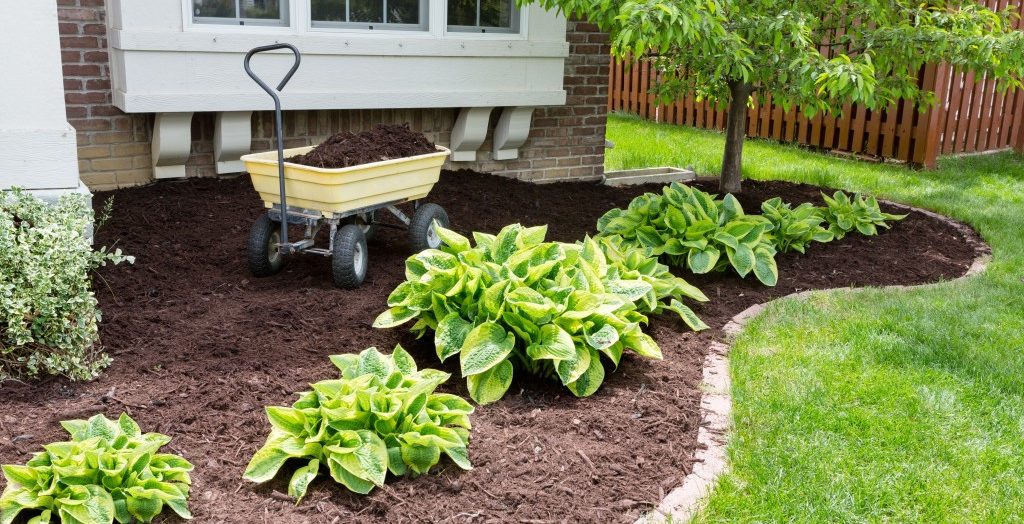Weeds are a thorny issue across the world. Here in Australia, they are a serious problem for agriculture and productive land usage. But even as a homeowner you may find yourself needing to deal with a persistent infestation of weeds from time to time. Here are the most common ways you can deal with weeds on your property.
Preventive and cultural methods
For residential purposes, preventive and cultural methods can be grouped. They involve a certain degree of planning and upfront investment – in certified pure seed, crop varieties, and different types of fertiliser, for instance.
These types of weed control are most effective on large scale properties and farming operations. If you are already committed to investing considerable time, effort, and resources towards managing your land, then it makes sense to buy pure seed stock and spatially arrange crops. For small properties, though, it may be too much effort and not very cost-effective.
Physical control
Every homeowner can get their hands dirty and begin to use physical control methods to rid their yards of weeds. Whether you use your hands and basic implements, or more advanced methods, is up to you and the nature of your weed problem. You may want to try at least mowing before the weeds can create seeds, thus reducing their severity and spread.
Mulching is a simple technique you can use to kill weeds with a covering layer of organic material. Adding mulch also improves soil condition and moisture while offering a potential attractive texture to your home landscape. Burning is another option on larger properties but must be done with great care to prevent injury, property damage, or the spread of brushfires. It can also increase the erosion of the soil.
Biocontrol
Certain weeds have specific natural enemies which may be used as a means of biological weed control. Most weeds are invasive species which, taken out of their natural habitat, lack these natural agents of control and thus upset the balance of the local ecosystem.
There’s a risk that biological agents could, in turn, become invasive species. Australia is considered a leader in this method, successfully treating weeds with biological methods for over a century now. Make sure that you work closely with local biocontrol projects to identify any potential problems with invasive weeds, and determine whether biocontrol can be an effective solution for you.
Chemical treatment

There’s a lot of versatility when it comes to chemical applications for weed control. Filling up a 12-volt tank sprayer with your choice of herbicide and dosing it onto weeds or soil is something that works for any property, large or small. You can also hook up bigger tanks to your quad bike or trailer and do the rounds on extensive areas in a short time. Other methods, such as cut and swab, or stem injection, may be more appropriate to certain weed species.
Make sure that you read and understand the herbicide label. Not only is it required by law to apply herbicides in accordance with the label’s instructions, but you also need to know how it should be effectively applied. Most weeds must be growing, as they’re unaffected in seed form. It’s essential that you get the weed diagnosis right. Otherwise, the herbicide might not work as they are very specific.
Your weed problem will need to be handled according to factors such as the species and scope of the affected property. Do the research, and know your options and use them to the best effect when necessary.






